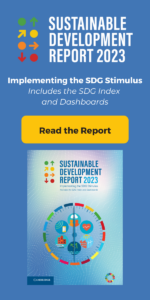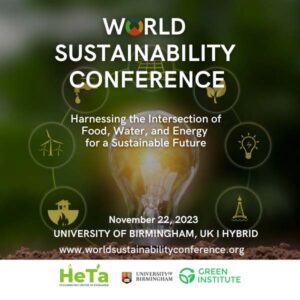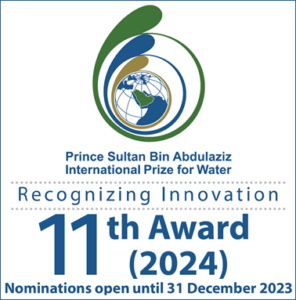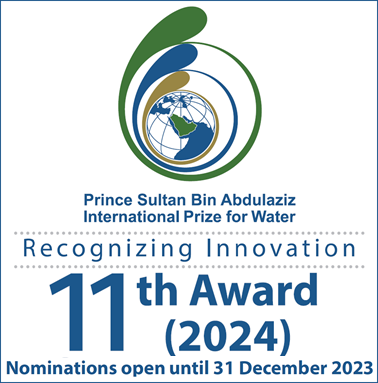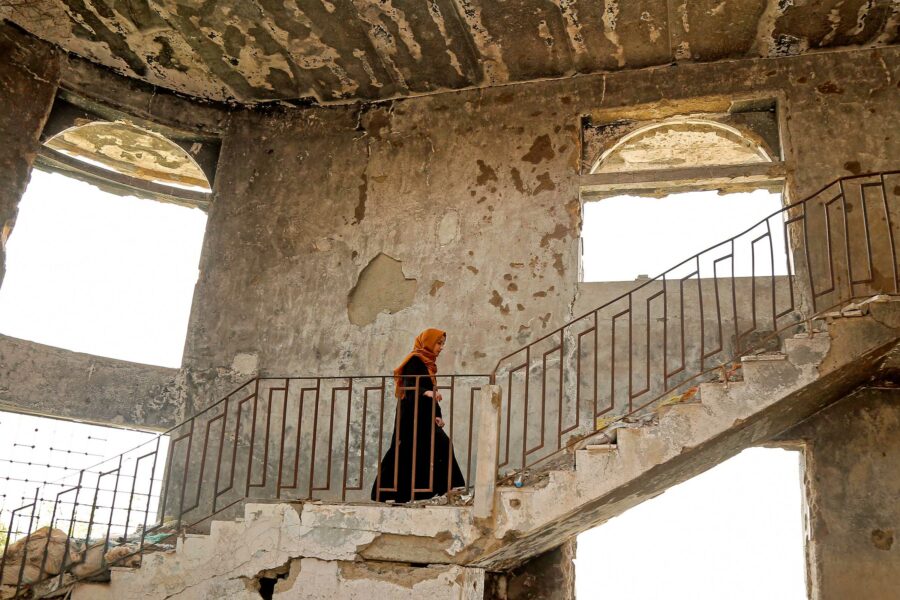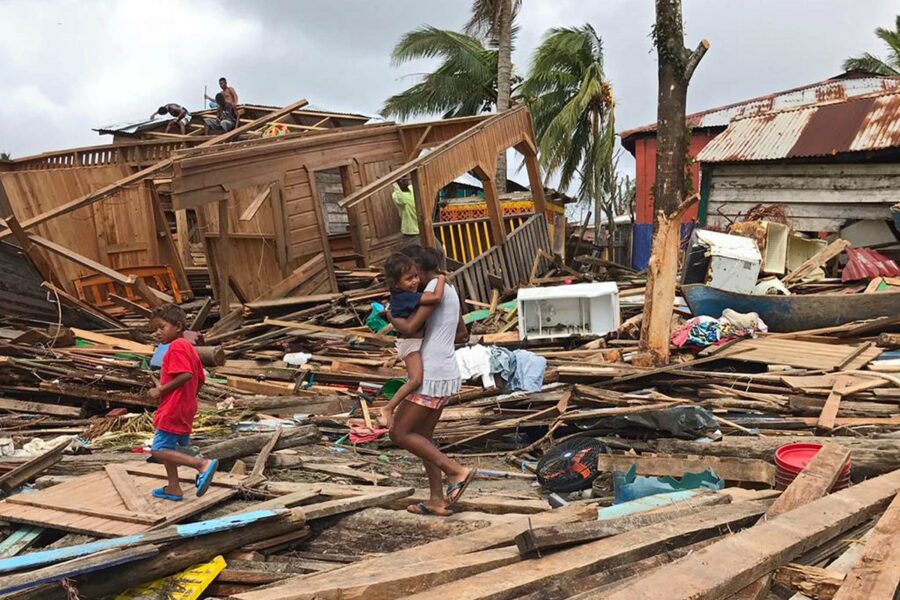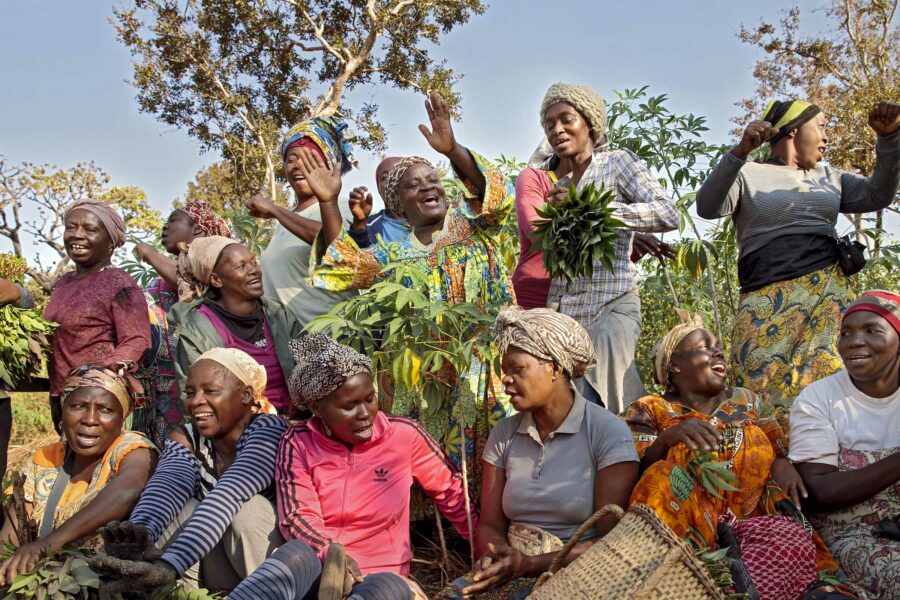Protecting global public goods fairly
How can you achieve an equitable balance for investment, responsibility, accountability, and authority for natural resources that function as a global public good? Can efforts to restore the Amazon rainforest provide an instructive example?
Climate — Global, Latin America and the Caribbean
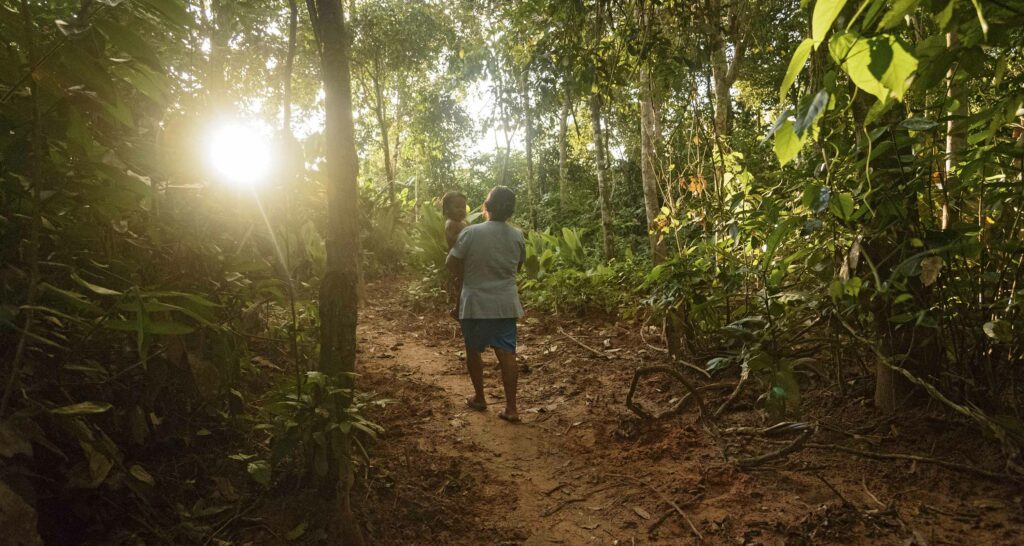
This past Northern Hemisphere summer, full of extreme climatic events such as floods, droughts, and heat waves, is a stark reminder that social and environmental crises are on the rise everywhere. Climate change illustrates the staggering differences in population inequality and vulnerability, both between and within countries. But the crisis is also an opportunity to openly and collectively understand that a stable climate is one of the most important global public goods of all.
The Amazon provides a vital defense against climate change. The rainforest holds more than 13% of the planet’s biodiversity and the largest amount of fresh water in the world. But the region is under a deterioration trajectory that, among other effects, is resulting in less removal of carbon from the atmosphere, less rain, and a rise in temperatures. Reversing this trend and finding pathways for protecting the Amazon will play a key role in stabilizing the global climate and protecting biodiversity. This in turn will benefit people everywhere. We must therefore weigh the costs of protecting the Amazon against these global gains.
The Amazon tropical forest has evolved over more than 40 million years. During that time, optimal conditions of climate and ecology – ideal temperatures, and year-round availability of water – have allowed the emergence of the greatest diversity of plants, animals, and microfauna.
The rainforest’s closed-canopy structure causes most of the sun’s energy to be absorbed at the tops of the trees. This in turn causes large amounts of water from the plants to evaporate into the atmosphere, rather than warming the air. Indeed, the tree-top temperature does not exceed 30°C. No more than 4% of solar radiation reaches the forest floor, keeping the ground moist and non-flammable. This prevents the spread of fires ignited by lightning strikes. The rainforest is also very efficient in recycling water. This contributes to a significant increase in rainfall and creates a short dry season. It also causes huge amounts of moisture to be exported outside of the Amazon basin. These are the so-called “flying rivers” that contribute to many rainfall systems in tropical and subtropical South America.
However, the Amazon now faces a perilous future trajectory. The interactive combination of climate and land use changes, especially the high rates of deforestation, forest degradation, and its increased vulnerability to wildfires, threatens the large southern Amazon region with imminent “savannization” that will result in open-canopy, degraded ecosystems. There is plenty of observed evidence that the region is rapidly approaching this tipping point. Compared with 1979, the dry season is now already four to five weeks longer, 2°C to 3°C warmer, and 20% to 30% drier. The southern forest has now become a source of carbon – unlike the less altered part of the forest that removes CO2 from the atmosphere.
Once this tipping point is exceeded, it will take just 30 to 50 years for more than half of the forest to degrade, with some estimates putting the collapse at up to 70%. Below and above the soil, the Amazon stores more than 150 billion tonnes of carbon. Turning such a large portion of the forest into a degraded ecosystem would release up to 300 billion tonnes of carbon dioxide into the atmosphere. This would be yet another severe obstacle to reaching the Paris Agreement target of limiting global warming to 1.5°C. The collapse would also induce much warmer temperatures over tropical South America and reduce rainfall in vast areas within and outside the Amazon basin, affecting food production in all those regions.
To stop this cataclysmic event, it makes sense to develop agroecological systems in the rainforest that seek to restore altered landscapes to the state that enabled such rich and resilient evolution over millions of years. In other words, we need nature-based solutions, rather than cutting down the forest for the carbon-intense agriculture of livestock farming. Agroecological systems mix trees of different species and sizes to produce fruits, oils, essences, and other agroforestry products. This is the bioeconomy that needs to be encouraged with large investments to occupy the already degraded areas of the Amazon.
Global coordination for action
If we agree that the megadiverse aquatic and terrestrial systems in the Amazon are also global public goods, they can be used as examples of approaches that can help tackle the global climate and biodiversity emergency. A concerted response of governments and multilateral institutions to protect the Amazon is possible if cooperation becomes a global norm. The UN Secretary-General’s initiative Our Common Agenda offers a vision of global cooperation through inclusive, networked, and effective multilateralism. Several of the initiative’s key proposed actions take a top-down approach for the protection of our planet, promotion of peace, prevention of conflicts, sustainable finance, and boosting of partnerships.
Perhaps the most important issue that faces the Amazon is how to reform a global governance to directly protect the region. Critical to achieving a sustainable Amazon are effective instruments that enable international cooperation to mitigate the risks that undermine progress. The intergovernmental Amazon Cooperation Treaty Organization (ACTO) was created to encourage sustainable development and social inclusion in the region. The 2019 Leticia Pact, meanwhile, included commitments to share information and coordinate efforts to fight deforestation and forest fires and restore degraded areas in the region. However, countries have yet to meet their commitments to the pact.
Specifically, effective legal structures, including those intergovernmental entities and initiatives, along with non-governmental organizations, will be critical in overcoming four great international challenges.
The first is to combat illegal activities connected with deforestation, forest degradation, wildfires, and mercury pollution from gold mining. Successfully combating transnational organized crime demands international cooperation to tackle corruption at all levels, eliminate any legal loopholes, and minimize differences in the law enforcement approaches and capacities of different countries.
The second is to shift priorities in terms of the type and scale of investments in vital sectors such as energy supply, transportation, industry, food, and agriculture. We must use resources sustainably to build green value chains that support resilient economies. Through this, we can create an innovative bioeconomy of healthy standing forests and flowing rivers, supported by science and technology.
The third challenge is to address the weak governance and public participation in decision-making. Here, we must not only strengthen the role of government and institutions, but must also involve local people and communities in decisions about usage rights of territory and natural resources. We must ensure the integration of stakeholders, from local to international.
The fourth is how to effectively share knowledge, experience, and data that are essential to protecting the Amazon. This requires strong transnational cooperation and coordination.
To save the Amazon, and protect the global climate, cooperation is critical. We must strengthen cooperation between both Amazonia and non-Amazonia countries, and between all types of stakeholders: governments, civil society, financial institutions, the private sector, and indigenous peoples and local communities (IPLC) organizations.

